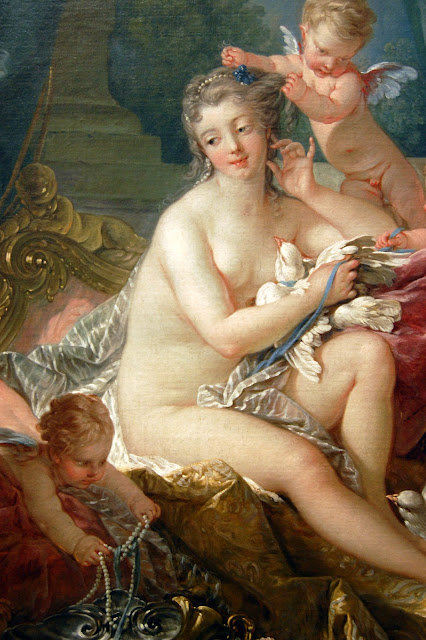"Stockholm Street was named for the Stockholm brothers, Abraham and Andrew, who owned farmland in Bushwick during the mid-nineteenth century.
The land had earlier been inhabited by the Mespachtes Indians, who were driven out by Dutch, French Huguenot and English settlers during the 17th Century. The settlers grew lettuce, corn, potatoes, cauliflower, fruits and tobacco sold to Brooklyn and Manhattan.
 As Brooklyn and New York City grew in 19th Century, immigrants from o
As Brooklyn and New York City grew in 19th Century, immigrants from other European countries
joined the Dutch and English settlers. Germans became the dominant population in Bushwick. Factories were founded, and brewing industry became so successful, that the area was dubbed the beer capital of the Northeast.
Another wave of immigrants settled in the neighborhood. After WWI, the Germans were replaced by Italians, mostly from Sicily and Southern regions.
In 1960s and 1970s the breweries in Bushwick were closed. Meanwhile, a new policy of raising rent for welfare recipients meant that they now brought higher rents for landlords than ordinary tenants. Landlords begun to fill vacant units with welfare recipients, and by the mid-seventies, half of Bushwick’s residents were on public assistance.
 On the night of July 13, 1977,
On the night of July 13, 1977, a major blackout
occurred in New York City. Arson
, looting
, and vandalism
followed in poor neighborhoods across the city. Bushwick was among the worst hit areas. Shops and stores were looted and burned, and fires spread to residential buildings. After the riots were over and the fires were put out, residents saw "some streets that looked like Brooklyn Heights
, and others that looked like Dresden
in 1945".
Those who could afford to leave abandoned the area. Following white flight, the area became populated by working class African American
, Puerto Rican
and other Caribbean American families.
 The neighborhood was a hotbed of poverty and drug dealing. In the 1990s, it remained a dangerous area, with 77 murders, 80 rapes, and 2,242 robberies in 1990. In the middle of the 2000s, the City of New York began pouring resources into the neighborhood, through a program called the Bushwick Initiative. Narcotics Control Unit and the NYPD joined to reduce drug dealing in the area.
Today, ethnic groups common in the neighborhood are Puerto Ricans, Hondurans, Dominicans, Mexicans, Ecuadorians, African Americans, Haitians, Jamaicans, and Afro-Caribbean. There are also smaller numbers of Chinese, Koreans, Filipinos, and Arabs. Since 2000, reduced crime rates and a shortage of cheap housing in nearby neighborhoods have brought an influx of young professionals and artists, moving into converted warehouse lofts, brownstones, limestone-brick townhouses and other renovated buildings."
The neighborhood was a hotbed of poverty and drug dealing. In the 1990s, it remained a dangerous area, with 77 murders, 80 rapes, and 2,242 robberies in 1990. In the middle of the 2000s, the City of New York began pouring resources into the neighborhood, through a program called the Bushwick Initiative. Narcotics Control Unit and the NYPD joined to reduce drug dealing in the area.
Today, ethnic groups common in the neighborhood are Puerto Ricans, Hondurans, Dominicans, Mexicans, Ecuadorians, African Americans, Haitians, Jamaicans, and Afro-Caribbean. There are also smaller numbers of Chinese, Koreans, Filipinos, and Arabs. Since 2000, reduced crime rates and a shortage of cheap housing in nearby neighborhoods have brought an influx of young professionals and artists, moving into converted warehouse lofts, brownstones, limestone-brick townhouses and other renovated buildings."
And so, here I am, in the corner of Stockholm and Myrtle avenue!














































